Art for Preventable Extinction (APE) is a non-government, not-for-profit organisation dedicated to protecting and expanding the natural environment by supporting conservation programs that will help prevent the extinction of the world’s animal species. APE works with globally recognised artists who allow their art to be used for this purpose. On this occasion, APE and the renown ed French porcelain brand Bernardaud, have released a limited series of 499 reproductions of François Pompon’s Head of an Orangutan in bisque porcelain , a technical feat to benefit the World Wide Fund for Nature (WWF) in their efforts to save one of the most critically endangered species in the world, the orangutan.
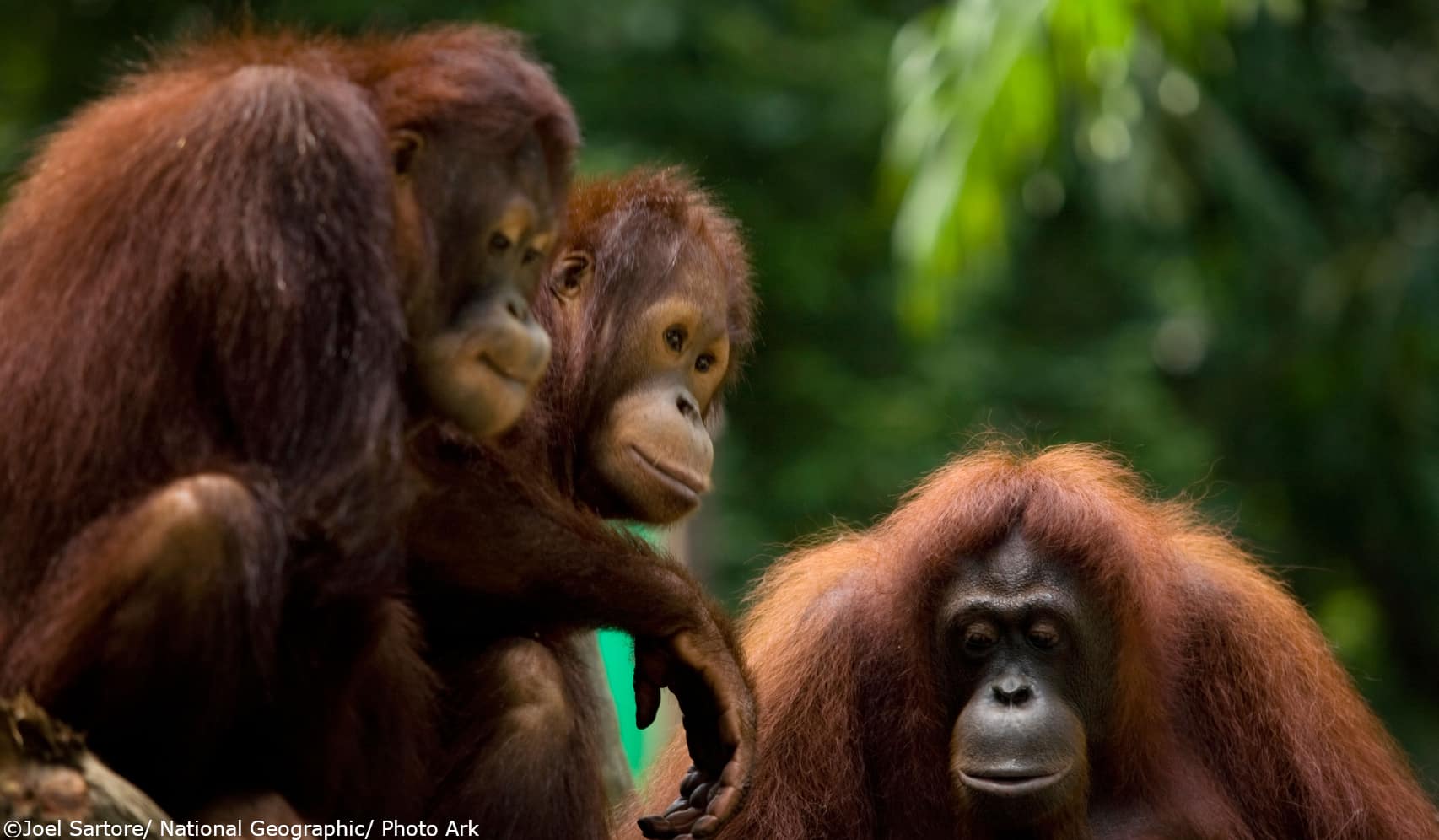
Orangutans have lost well over 80 percent of their habitat in the last 20 years.
The Bornean, the Sumatran, and the recently confirmed new species (as of 2017), the Tapanuli orangutan, are only found in the wild on the islands of Borneo and Sumatra. All three species are critically endangered. Whilst it’s difficult to determine exact numbers, it is estimated that there are just over 100,000 Bornean, fewer than 14,000 Sumatran, and less than 800 Tapanuli orangutans left.
Deforestation and hunting are the biggest threats, together with palm oil plantations and illegal pet trade. The projected loss for Borneo alone was an estimated 220,000km2 of forest between 2010 and 2030 (well over the size of the UK). This is largely attributed to agriculture and infrastructure (such as roads), but forest fires are also becoming more prevalent with climate change. In fact, the 1997-98 forest fires in Indonesia are reported to have claimed the lives of one third of the wild orangutan population.

“What does the disappearance of a once ubiquitous species tell us about the world we have created?”
– Prof. Barbara Penner , UCL.
The good news is that studies have shown deforestation is slowing down in Borneo, and Indonesia and Malaysia are setting more robust requirements for forest protection. Whilst we may appear to be on a positive trajectory, there has never been a more critical issue in the history of human civilization than the immediate protection of the natural world.
Originally produced in plaster in 1930 by renowned French sculptor François Pompon (1855-1933), Tete D’Orang-Outan (Head of an Orangutan) represents the only time Pompon worked with a primate when his aim was to explore the very essence of the animal. Depicted as a sculpted human portrait, this work seems to remind us of our belonging and proximity to the animal kingdom, with features portrayed by a calm face and a troubled gaze filled with humanity. A year later, in1931, Pompon unveiled the Head of an Orangutan in black marble, depicting the animal with disconcerting realism.
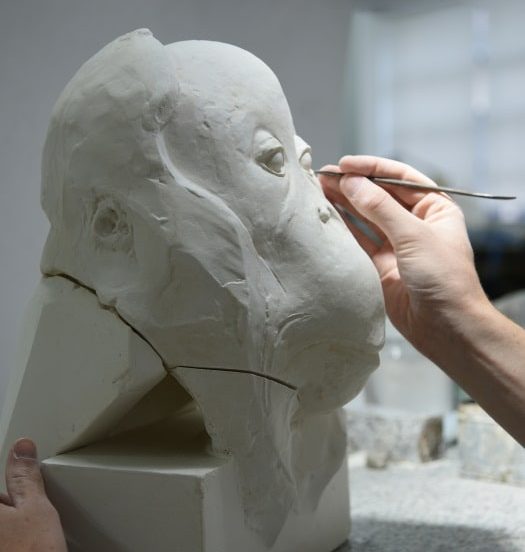
At the Bernardaud factory in Limoges, Pompon’s masterpiece is being reproduced in porcelain to help the survival of orangutans in the wild.
With the acquisition of one of the three models of the original work and the collaboration of Limoges-based porcelain masters Bernardaud, APE is giving members of the public the opportunity to own a stunning piece of art and to support the WWF in their efforts to save the Bornean orangutan.
Michel Bernardaud commented: “Thanks to new technologies and our craftsmen’s knowhow, the 1930 plaster caste was scanned and reproduced: bisque porcelain was preferred to glazed porcelain because its texture perfectly highlights all the details of the original plaster. Bernardaud is delighted to work alongside APE to contribute to the WWF cause through this limited edition.”
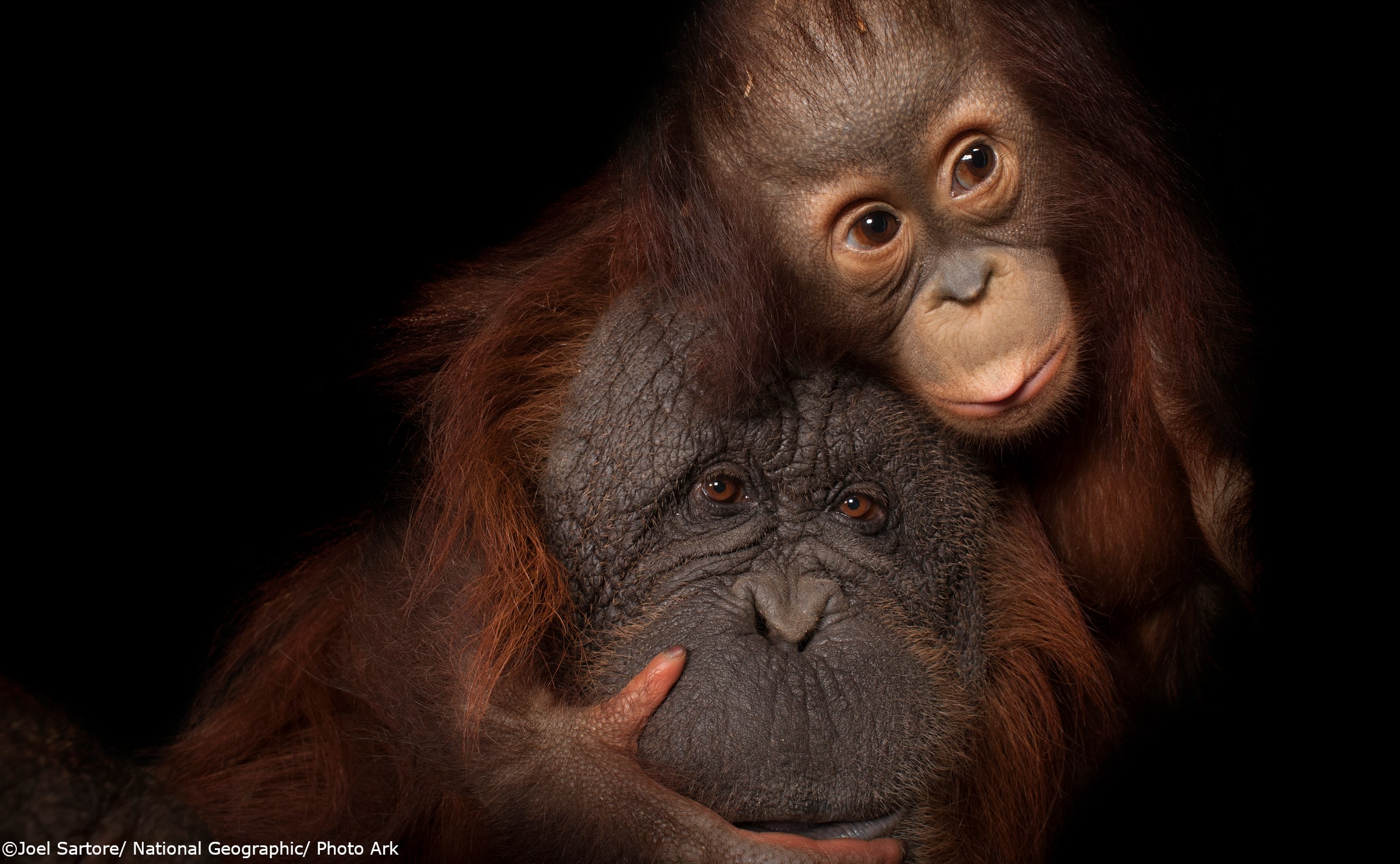
Female orangutans give birth about once every eight years. Infants stay with their mother for six to seven years, until they’ve learnt the necessary skills to survive on their own.
With original works by Pompon exhibited in some of the world’s most prestigious galleries such as the Musée d’Orsay in Paris or the Metropolitan Museum of Art in New York, the opportunity to purchase a reproduction of one of his acclaimed animal replicas is incredibly rare and unlikely to happen again.
By buying this work, people will be directly supporting the WWF in their quest to save the future of the Bornean orangutan.
https://www.ape-ngo.org/sales@ape-ngo.org
https://www.bernardaud.com/en-gb/gb/francois-pompon/pompon-tete-d-orang-outan





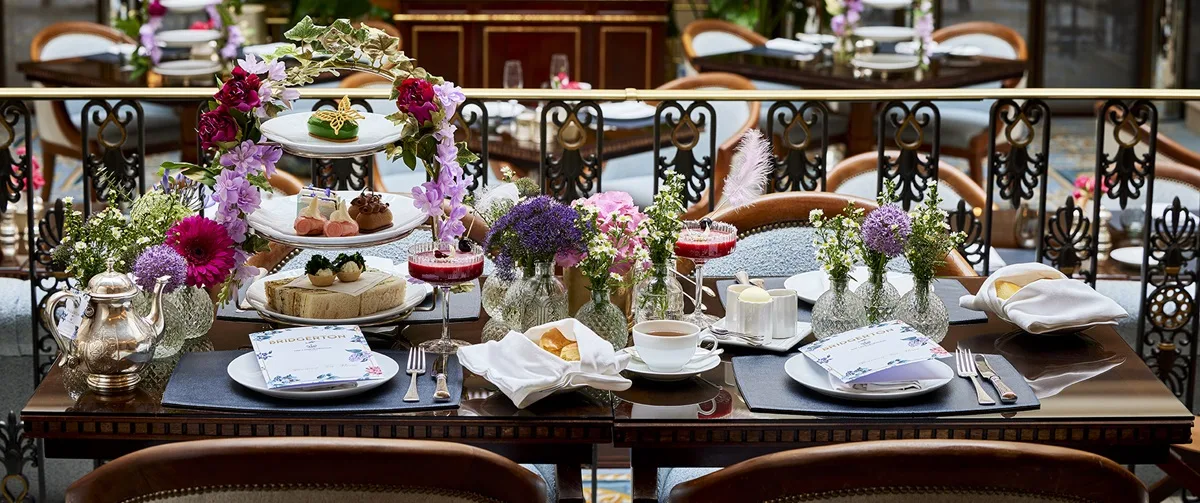
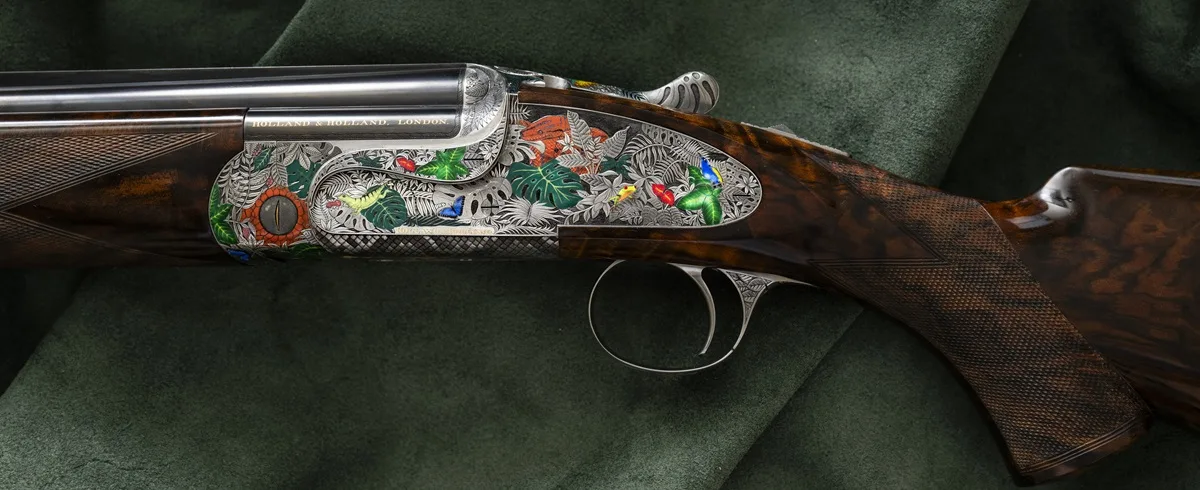
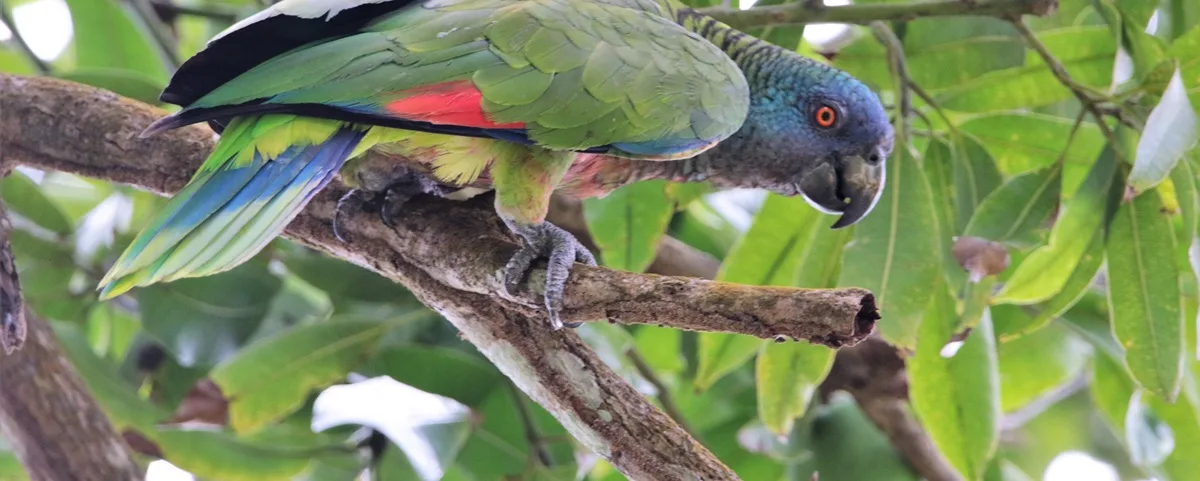

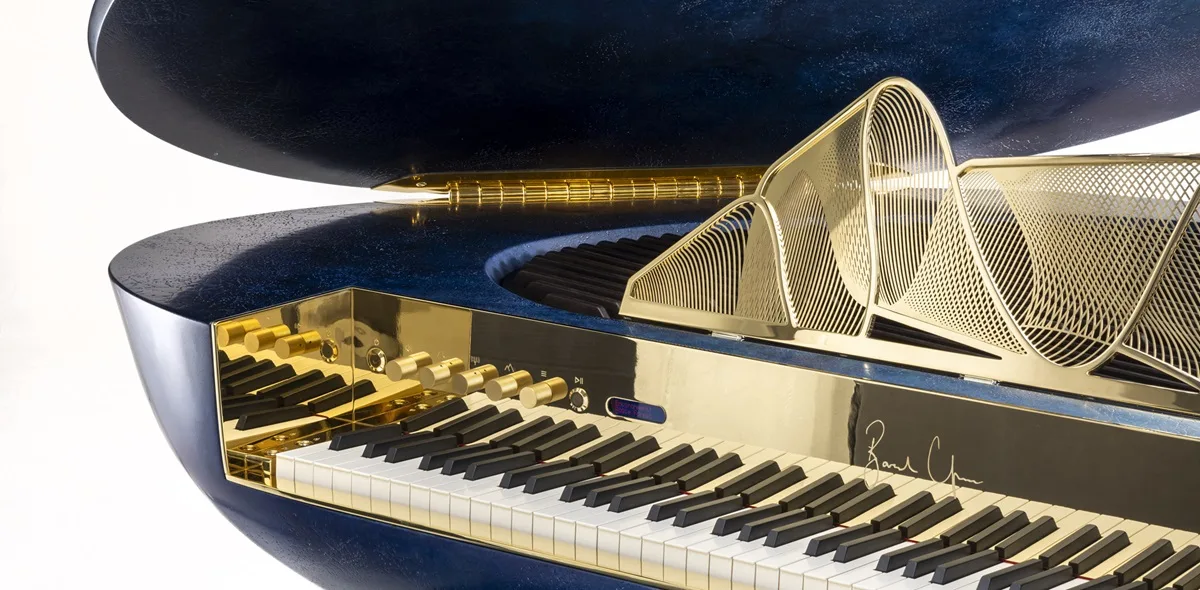
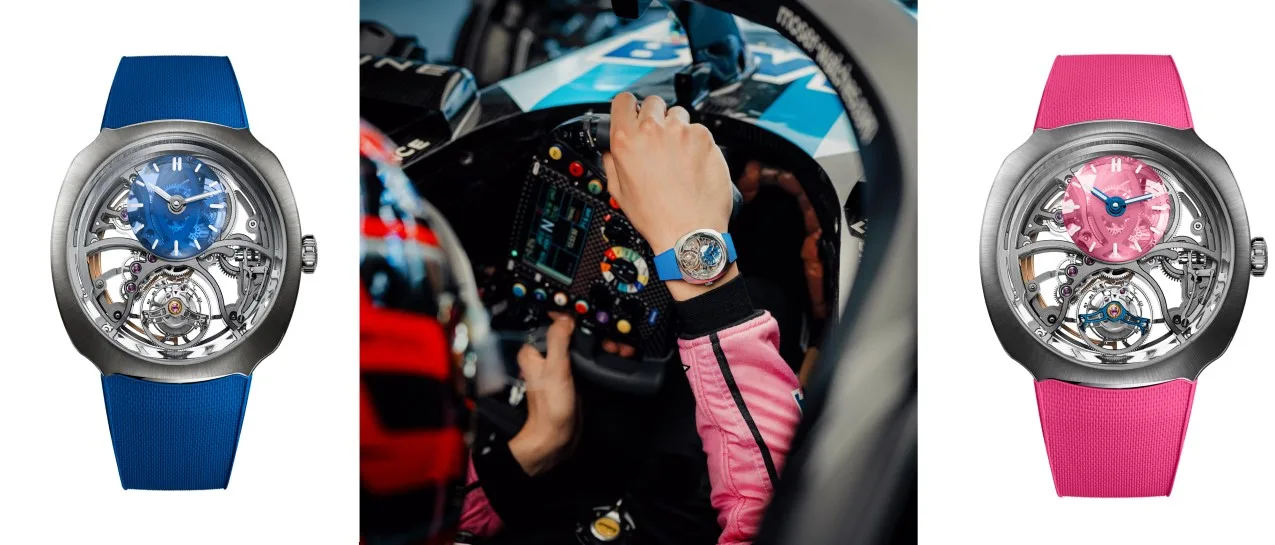
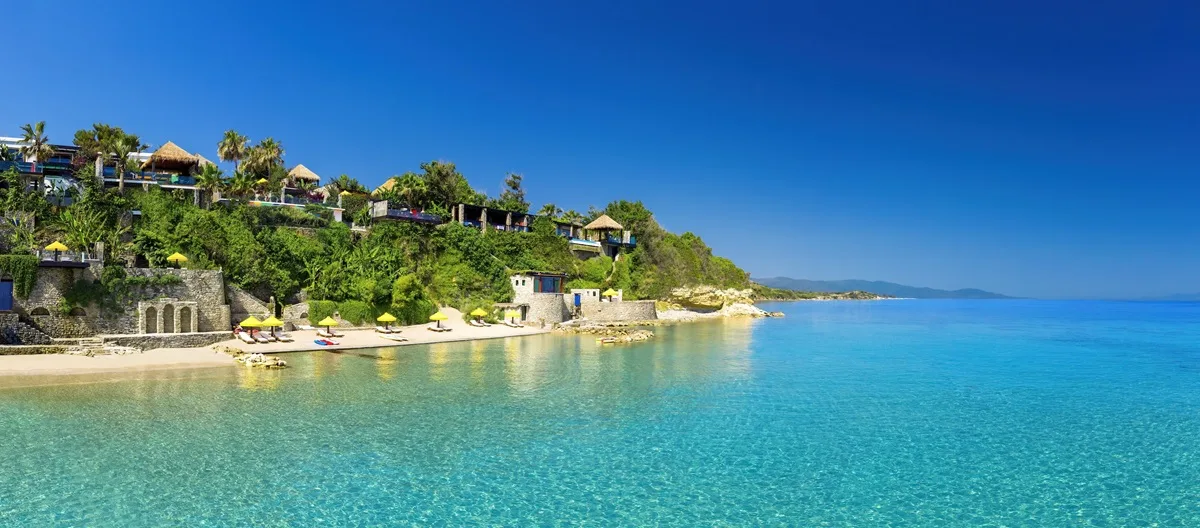


Show Comments +